Updated on: · By Strange Sounds
🔎 Explore more: Strange Sounds Hub · Sonic Wonders
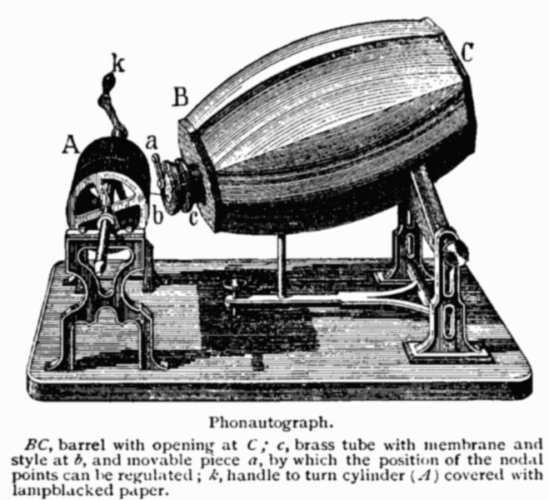
What is this eerie recording?
This short, warbly clip might sound like someone gurgling underwater while trying to sing. It’s actually the first known audio record of a human voice, traced on paper on April 9, 1860.
Listen: “Au Clair de la Lune” (reconstructed)
How the phonautograph captured sound (but couldn’t play it)
Scott’s phonautograph converted air vibrations into a visual trace on paper using a membrane and stylus. The device was intended for analyzing speech and music—not for playback. Thomas Edison would later invent the phonograph in 1877, which finally enabled recorded sound to be heard.
Who made the first voice recording?
French inventor Édouard-Léon Scott de Martinville created the phonautograph and produced several paper recordings in the late 1850s–1860. The snippet here is believed to be a line from “Au Clair de la Lune.” Scholars have debated whether the voice is female or possibly Scott’s himself—the fragment is too degraded to be conclusive.
How did we finally hear it in 2008?
In the 2000s, audio historians and physicists used optical scanning and digital restoration to convert the phonautograms’ lines back into audio—without touching the fragile paper. In March 2008, a playable version was unveiled, marking the first time the 1860 voice trace could be heard as sound.
FAQs — First Human Voice Recording
What is the earliest known recording of the human voice?
A phonautograph trace made on April 9, 1860, in Paris—later reconstructed digitally to sound like a fragment of “Au Clair de la Lune.”
What is a phonautograph?
An 1850s device that recorded sound visually by tracing vibrations onto soot-blackened paper. It did not play recordings back.
Who invented it?
Édouard-Léon Scott de Martinville, a French printer and inventor focused on the science of acoustics and speech.
How did researchers play the 1860 trace in 2008?
By scanning the phonautogram at high resolution and using software to convert the drawn waveform back into audio—no needles, no physical contact.
Sources
- Édouard-Léon Scott de Martinville — Wikipedia
- Phonautograph — Wikipedia
- “Au Clair de la Lune” — Wikipedia
Note: External sources above provide historical background. The 1860 phonautograph trace was non-playable until digital reconstruction in the 2000s.

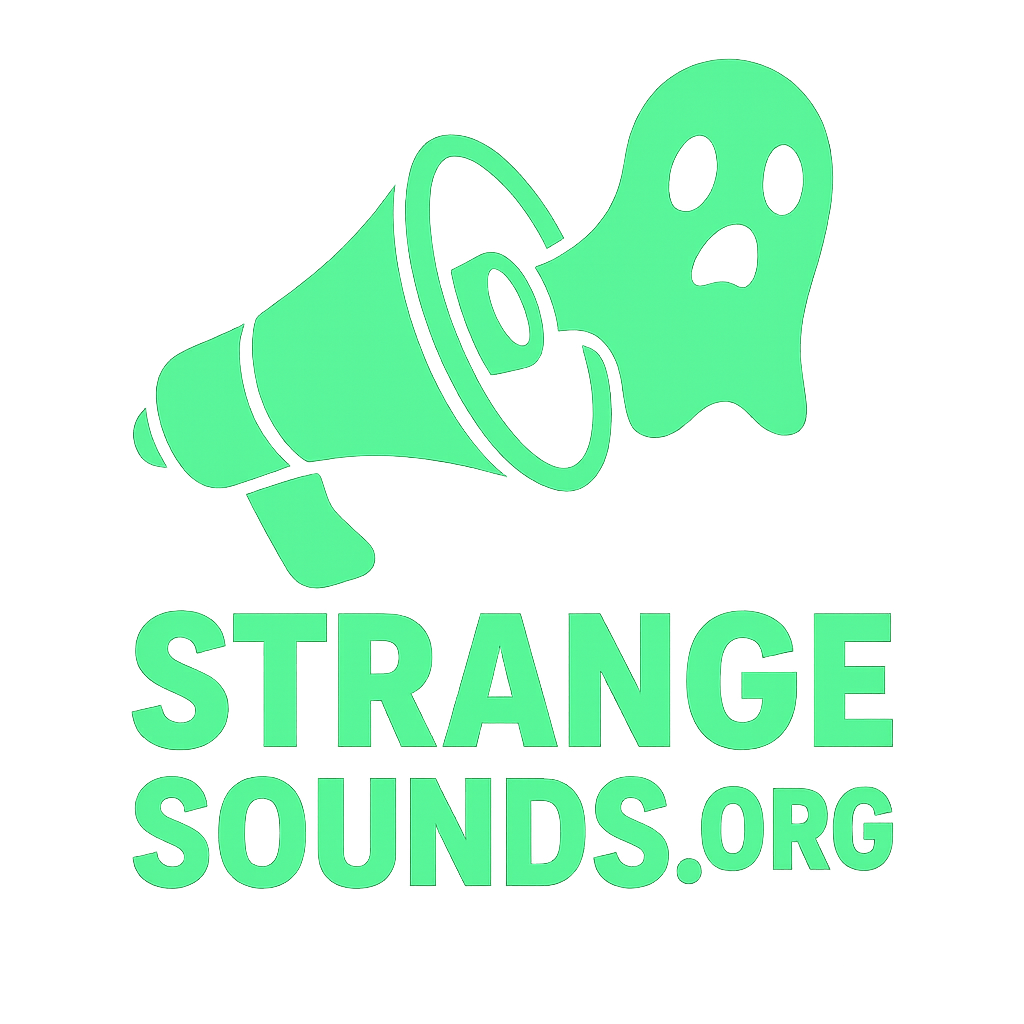

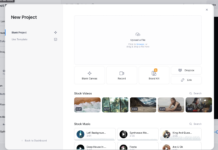
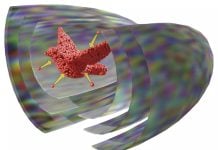

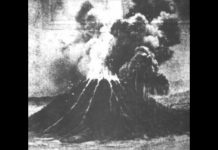



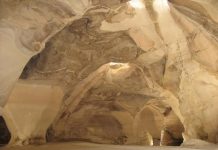

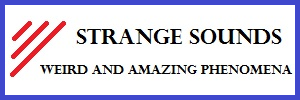
Edison and Bell biographies were common reading when I was in grade school.
Back then, teachers taught about American innovators. There was no 1619 horsecrap. We were even required to memorize the Gettysburg address too. Patriotism was strong in those days. We were taught Patriotic songs too, and had to memorize those, and sing at assemby. Christmas songs too. We would have morning prayer, and Pledge of Allegiance at 0900hrs.
MAGA / KAG!
[…] are incredible and can do amazing things with their bodies and souls. This video shows Anna-Maria Hefele singing polyphonic overtones. […]
[…] The first recording of a human voice, from 1860. […]